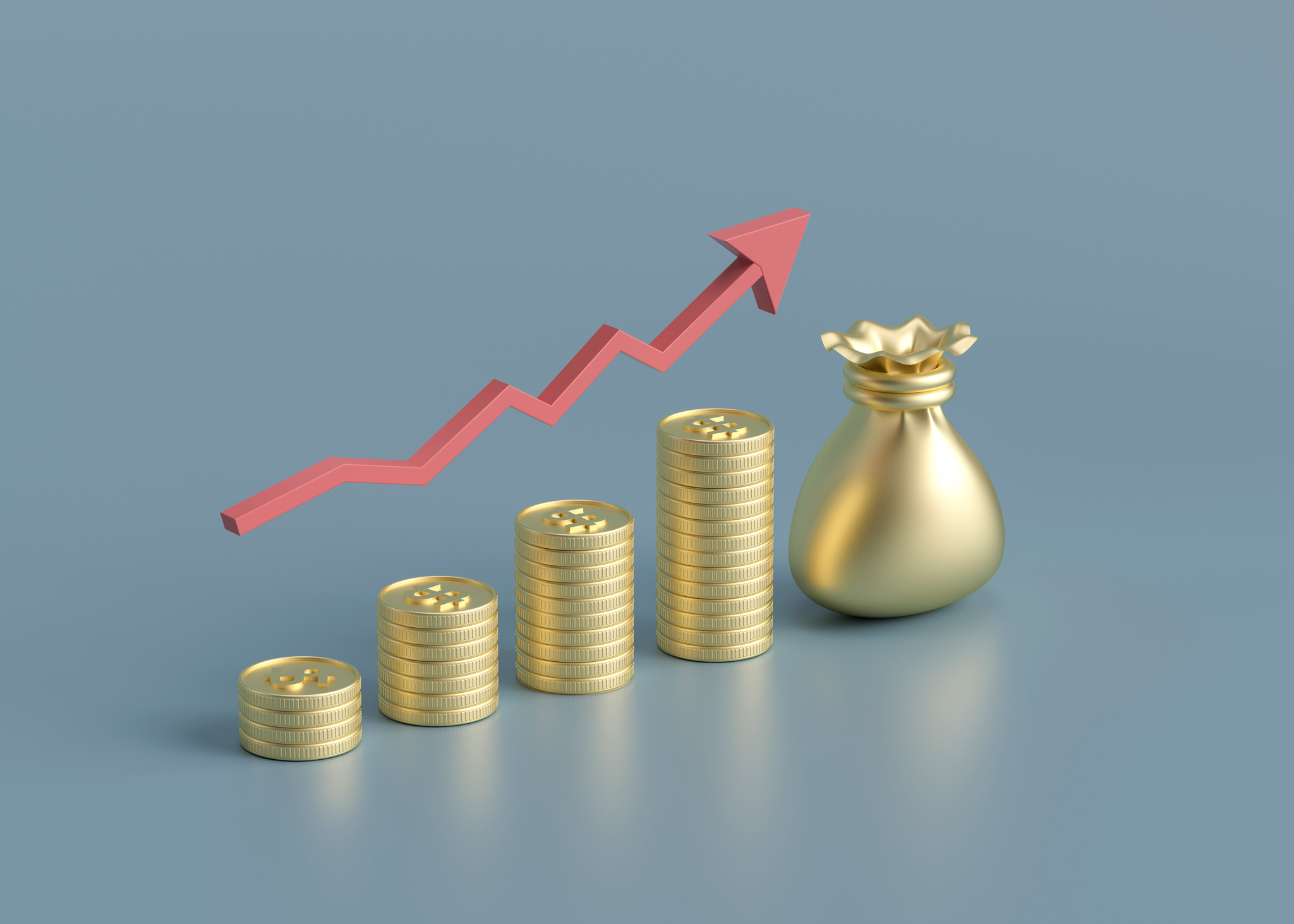
Dividend investors tend to be patient, but lately their patience has been tested. Dividend stocks have badly lagged the rest of the market recently. The S&P Dividend Aristocrats – a list of companies in the S&P 500 index that have raised their dividends for at least 25 years in a row – have returned less than 10% over the 12 months that ended February 29. The S&P 500 gained more than 30% over the same period.
A major reason for the recent underperformance is the surge in interest rates that began in 2022. When rates on Treasury securities and cash accounts were stuck below 1%, dividend stocks' yields were attractive by comparison. But with short-term Treasury securities and cash accounts paying more than 4%, compared with the S&P 500's current yield of 1.5%, dividend stocks have been a tougher sell. That could change with expected rate cuts from the Fed later this year.
And dividends are far from dead. Meta Platforms (META), the owner of Facebook, one of the "Magnificent Seven" technology-oriented stocks that have driven most of the stock market gains of the past year, paid its first regular dividend in early 2024. That means the majority of the Magnificent Seven stocks now pay dividends. And more than two-thirds of S&P 500 companies have raised or started paying dividends since January 2023, according to S&P Dow Jones Indices.
The way back for great dividend stocks
As overall stock valuations approach historically high levels, some analysts say that stock price gains can't help but slow, making dividends a more significant portion of future stock returns.
And don't overlook the defensive quality of dividends. Thanks to their regular cash payments, dividend stocks tend to be less volatile and serve as buffers during recessions and bear markets. For example, the S&P 500 lost more than 18% in 2022, but the Dividend Aristocrats lost only about 6%.
"With economic growth expected to moderate in 2024, and the potential for recession lingering, dividends may take a more prominent role in driving total returns for investors," says Diana Wagner, a portfolio manager at Capital Group.
How to find great dividend stocks
Dividend stocks are not all alike, and interested investors should first figure out what kind of dividend payer fits their needs.
Retirees looking for immediate income often focus on companies paying comparatively generous dividends, for example. Those who have a longer time to invest might look for companies with lower current yields but a higher probability of raising their payouts and at a faster rate.
Whatever kind of dividend you're looking for – high yield, high growth or the holy grail of both – professional dividend investors say to consider three factors.
Dividend yield. Yields vary by sector and industry. Real estate, energy and utilities companies generally pay at least 3%. Some niches in declining industries, such as tobacco companies, pay out high dividends because they no longer invest much in growth and focus on generating cash for shareholders. Technology and communications firms, as well as companies that provide nonessential consumer goods or services, have low average yields – currently less than 1%, according to S&P Dow Jones Indices.
Just try not to be dazzled by the stocks with the highest dividend yields. Generally speaking, a super-high yield, or a sudden jump, can signal a troubled company whose stock price is sinking, or it may simply indicate an unsustainably high payout.
Michael Tang, a portfolio manager for the Hamlin High Dividend Equity fund, is careful about reaching too far for yield. For example, although some real estate investment trusts (REITs) currently yield more than 9%, Tang's only REIT is Lamar Advertising (LAMR, $111), which yields 4.7%. With a focus on billboards, Lamar has avoided problematic commercial real estate and retail properties, Tang says.
Payout ratio. One way to tell whether a company can afford to keep paying – and potentially raise – its dividend is to look at the percentage of earnings it pays out as dividends, known as the payout ratio, says Stephen Horan, an associate professor of finance at the University of North Carolina Wilmington.
Although the average payout ratio for the S&P 500 was recently about 36%, this, too, varies by industry. Technology companies pay out, on average, only about 21% of their profits, retaining the rest for internal investments, such as research. Energy companies have recently been paying about 50% of their profits to investors.
Just as with dividend yields, a high number is a warning sign, Horan says. But it's important to look at this measure over time, because some companies can have a high ratio during one bad year but then recover. Consistently paying out more than about 75% leaves little buffer for potential trouble, Horan says.
Dividend investors should also pay close attention to a company's free cash flow (the cash left over after expenditures to operate, maintain and expand the business) because that's where dividends come from.
Mike Barclay, senior portfolio manager of the Columbia Dividend Income Fund, says a big cash buffer is what attracted him to payment company Visa (V, $283), which he recently added to the fund's holdings. Its dividend is low; Visa yields less than 1%. But Barclay expects earnings and cash flow to continue to grow. "What you want is a strategy that's going to allow you to consistently compound returns and have the dividend grow in a healthy fashion," he says.
History. A commitment to a steadily rising dividend is a sign of capital discipline, says Barclay. Fledgling companies husband their cash to invest in expanding their business. Less-mature companies with a surplus of cash tend to spend it on buying back company stock (or, sometimes, ill-advised investments).
"Stock buybacks are like dating," he says, because companies can stop them at any time without consequence. "Dividends are like marriage" because companies that cut them are typically punished harshly by investors. Meta's decision to start paying a dividend is "a good start," says Barclay. But he will wait at least a year to see whether the company follows up with a commitment to regular dividend increases.
In the meantime, he's bullish on Microsoft (MSFT, $413), which is the second-biggest holding of Columbia Dividend Income. Microsoft's yield is just 0.7%, but it has raised its dividend every year for the past 18 years – proving that paying a dividend doesn't have to hamper investment or growth.
An easy way to invest in a diversified basket of dividend payers is with a well-run dividend-oriented fund. You might consider T. Rowe Price Dividend Growth (PRDGX) or Vanguard Equity Income (VEIPX), both members of the Kiplinger 25, the list of our favorite actively managed no-load mutual funds. Schwab U.S. Dividend Equity (SCHD) is a member of the Kiplinger ETF 20, the list of our favorite cheap ETFs (exchange-traded funds). The Schwab fund tracks the Dow Jones U.S. Dividend 100 index, a list of companies that have paid dividends for at least 10 consecutive years and have strong balance sheets.
Note: This item first appeared in Kiplinger's Personal Finance Magazine, a monthly, trustworthy source of advice and guidance. Subscribe to help you make more money and keep more of the money you make here.







